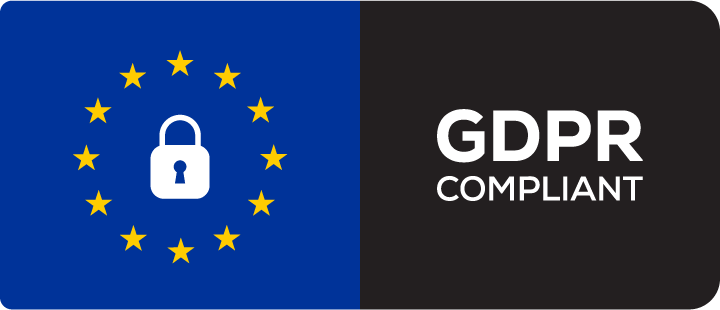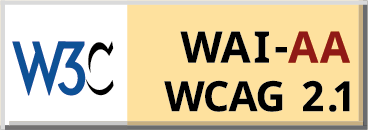Discover the essential tools for virtual health coaches that enhance communication, streamline scheduling, and provide valuable health data. Learn how video conferencing, health tracking apps, and content management systems can improve coaching efficiency and client satisfaction.
Introduction
In today’s digital age, virtual health coaching has become an invaluable resource for individuals seeking personalized wellness guidance. As the demand for remote health support grows, the role of virtual health coaches is more crucial than ever. These professionals rely on a suite of essential tools to deliver effective and personalized care to their clients. From communication platforms to fitness tracking apps, these tools enhance the coaching experience, ensuring clients receive the support they need to achieve their health goals. This article explores the must-have tools for virtual health coaches, highlighting how they streamline operations and improve client outcomes.
Essential Tools for Virtual Health Coaches
Virtual health coaching has become an essential service, allowing health professionals to reach clients regardless of geographic location. To ensure success in this field, having the right tools is critical. This guide provides an in-depth look at the essential tools every virtual health coach should have to enhance their practice, streamline operations, and provide top-notch service to clients.
1. Video Conferencing Software
Face-to-face interaction is a cornerstone of effective health coaching. High-quality video conferencing software allows coaches to conduct virtual sessions with clarity and reliability.
- Zoom: Widely used for its robust feature set, Zoom offers HD video, screen sharing, session recording, and breakout rooms. It supports large group sessions, making it ideal for both individual and group coaching.
- Microsoft Teams: This tool integrates seamlessly with other Microsoft products and offers features such as meeting scheduling, real-time collaboration, and secure cloud storage.
- Google Meet: A user-friendly option that integrates with Google Calendar, making scheduling and joining meetings straightforward. It supports real-time captions, enhancing accessibility.
2. Scheduling and Booking Tools
Efficient scheduling is essential for managing multiple clients and avoiding double bookings. The right tool can automate this process, allowing clients to book sessions at their convenience.
- Calendly: Offers easy integration with Google Calendar, Outlook, and iCloud. Clients can book appointments based on your availability, and it sends automatic reminders.
- Acuity Scheduling: Provides customizable booking pages, intake forms, and the ability to accept payments. It also supports appointment packages and memberships.
- Doodle: Ideal for finding mutually available times for group sessions, Doodle simplifies scheduling by allowing participants to vote on preferred times.
3. Health and Fitness Apps
Integrating with health and fitness apps enables coaches to monitor client progress outside of sessions. These apps provide data that can inform coaching strategies and help track client adherence to plans.
- MyFitnessPal: Tracks nutrition and exercise, offering a comprehensive view of a client’s daily habits. It also has a large food database for accurate tracking.
- Fitbit: Monitors physical activity, sleep patterns, and heart rate. Coaches can view this data to assess overall health and make informed recommendations.
- Apple Health: Aggregates data from various health apps and fitness trackers, providing a holistic view of a client’s health metrics.
4. Communication Platforms
Regular communication with clients is crucial for providing support and maintaining accountability. Instant messaging platforms facilitate ongoing dialogue outside of formal sessions.
- Slack: Supports organized communication through channels and direct messages. It also integrates with other tools like Google Drive and Trello.
- WhatsApp: A widely used messaging app that supports text, voice, and video communication. Its simplicity and global reach make it a favorite among clients.
- Telegram: Offers secure messaging and supports large file transfers. It also includes features like bots and channels for automated client engagement.
5. Content Management Systems
Sharing educational materials, meal plans, and workout routines requires a reliable system for organizing and distributing content. These tools ensure clients have easy access to necessary resources.
- Google Drive: Provides cloud storage for documents, spreadsheets, and presentations. It supports real-time collaboration and easy sharing with clients.
- Dropbox: Known for its file synchronization capabilities, Dropbox offers secure storage and sharing of large files.
- Evernote: Ideal for note-taking and organizing information. It allows coaches to share notebooks with clients, containing detailed plans and progress notes.
6. Payment Processing Tools
A seamless payment process is crucial for maintaining a professional image and ensuring timely revenue collection. These tools handle invoicing and payment collection securely.
- PayPal: A trusted platform for sending and receiving payments globally. It supports one-time payments, subscriptions, and invoicing.
- Stripe: Known for its developer-friendly API, Stripe offers flexible payment solutions and supports a variety of payment methods, including credit cards and direct bank transfers.
- Square: Provides point-of-sale solutions and online payment processing. It also includes invoicing and recurring payment options.
7. Client Management Software
Managing client information and tracking progress can be complex without the right tools. Client management software helps streamline these tasks, ensuring coaches can focus on delivering quality service.
- CoachAccountable: Designed specifically for health coaches, it offers features like progress tracking, goal setting, and automated reminders.
- PT Distinction: A comprehensive tool that supports client management, program delivery, and progress tracking. It also includes a client app for easy access.
- TrueCoach: Provides a platform for creating and delivering customized workout plans. It also supports video feedback and progress tracking.
8. Social Media Management Tools
Promoting your services and engaging with potential clients on social media is vital for growing your coaching business. These tools help manage multiple social media accounts and schedule content effectively.
- Hootsuite: Allows you to schedule posts, track engagement, and manage multiple social media profiles from one dashboard. It also offers analytics to measure performance.
- Buffer: A user-friendly tool for scheduling posts across various social media platforms. It includes a calendar view for planning and analytics for tracking engagement.
- Later: Focuses on visual content, making it ideal for platforms like Instagram. It offers drag-and-drop scheduling, media storage, and analytics.
9. Online Course Platforms
For coaches offering group programs or courses, these platforms provide a structured environment for delivering educational content to a larger audience.
- Teachable: Allows you to create and sell online courses. It supports multimedia content, quizzes, and certificates, providing a comprehensive learning experience.
- Kajabi: An all-in-one platform for creating, marketing, and selling online courses. It includes tools for building websites, landing pages, and email marketing campaigns.
- Thinkific: Offers customizable course creation tools and integrates with various marketing tools. It also supports community building through discussion forums.
10. Analytics Tools
Understanding client data and tracking the effectiveness of coaching strategies is crucial for continuous improvement. Analytics tools help analyze data and provide actionable insights.
- Google Analytics: Tracks website traffic and user behavior, providing insights into how clients interact with your online presence. It can help identify areas for improvement and measure the effectiveness of marketing efforts.
- Microsoft Power BI: A powerful tool for data visualization and analysis. It helps turn raw data into meaningful insights, aiding in strategic decision-making.
- Tableau: Known for its intuitive interface and robust visualization capabilities, Tableau helps coaches analyze complex data and present it in an easy-to-understand format.
By integrating these essential tools into your virtual health coaching practice, you can enhance client engagement, streamline administrative tasks, and ultimately provide a more effective and personalized coaching experience. Each tool plays a specific role in ensuring that your coaching business runs smoothly and that your clients receive the best possible support.
Fitness and Nutrition Tracking Apps

In today’s fast-paced world, maintaining a healthy lifestyle can be challenging. However, technology has provided us with tools that make it easier to track and manage our fitness and nutrition goals. Fitness and nutrition tracking apps have become essential for anyone looking to improve their health, lose weight, or maintain a balanced diet. This guide will explore the benefits, features, and top recommendations for fitness and nutrition tracking apps.
1. MyFitnessPal
- Overview: MyFitnessPal is one of the most popular tracking apps, known for its extensive food database and user-friendly interface.
- Features: Food logging, exercise tracking, nutrient analysis, goal setting, and community support.
- Benefits: Integration with various fitness devices and apps, comprehensive database, and personalized insights.
2. Fitbit
- Overview: Primarily known for its fitness trackers, Fitbit also offers a robust app for tracking fitness and nutrition.
- Features: Activity tracking, food logging, sleep monitoring, and heart rate tracking.
- Benefits: Seamless integration with Fitbit devices, detailed activity analysis, and a supportive community.
3. Lose It!
- Overview: Lose It! focuses on weight loss through calorie tracking and personalized plans.
- Features: Food logging, exercise tracking, goal setting, and social support.
- Benefits: Easy-to-use interface, barcode scanner, and personalized weight loss plans.
4. Cronometer
- Overview: Cronometer offers detailed nutrient tracking and is ideal for users looking to monitor their micronutrient intake.
- Features: Food logging, nutrient analysis, biometric tracking, and custom foods.
- Benefits: Comprehensive nutrient data, custom recipes, and detailed reports.
5. Nike Training Club
- Overview: Nike Training Club provides workout programs and fitness tracking, focusing on exercise rather than nutrition.
- Features: Guided workouts, customizable fitness plans, and activity tracking.
- Benefits: High-quality workout content, personalized plans, and integration with Nike Run Club for running tracking.
Benefits of Essential Tools for Virtual Health Coaches
In the rapidly evolving landscape of health and wellness, virtual health coaching has emerged as a powerful method to deliver personalized care and guidance to clients across the globe. The key to the effectiveness and success of virtual health coaches lies in the utilization of essential tools designed to enhance communication, streamline operations, and improve client outcomes. Here, we explore the significant benefits these tools bring to virtual health coaches.
1. Enhanced Communication and Engagement
Effective communication is the cornerstone of any successful coaching relationship. Tools such as video conferencing software (Zoom, Google Meet) and messaging platforms (WhatsApp, Slack) enable coaches to maintain real-time, face-to-face interactions with their clients. This not only builds trust but also allows for more nuanced and personalized coaching sessions. These platforms also support the sharing of resources, such as exercise videos or dietary plans, ensuring that clients have immediate access to valuable information.
2. Streamlined Scheduling and Administrative Tasks
Managing appointments and administrative tasks can be time-consuming. Scheduling tools like Calendly and Acuity Scheduling automate the booking process, allowing clients to book sessions at their convenience while reducing the risk of double-booking and scheduling conflicts. These tools often integrate with other software, like Google Calendar, to provide seamless updates and reminders, ensuring that both coaches and clients stay on track.
3. Comprehensive Health Tracking and Reporting
Virtual health coaches rely on data to tailor their coaching strategies effectively. Wearable devices (Fitbit, Apple Watch) and health tracking apps (MyFitnessPal, Cronometer) provide detailed insights into a client’s physical activity, nutrition, and overall health metrics. Coaches can monitor progress in real-time and adjust plans based on accurate, up-to-date information. This data-driven approach leads to more personalized and effective coaching.
4. Improved Client Accountability and Motivation
Accountability is a crucial element of successful health coaching. Tools like Habitica or CoachAccountable help clients stay committed to their goals by tracking their progress and providing regular feedback. Gamification elements, such as rewards for meeting targets, can significantly boost client motivation and adherence to health plans.
5. Access to a Broader Client Base
Geographical limitations are no longer a barrier for virtual health coaches. Online platforms (Teachable, Udemy) and social media (Instagram, Facebook) allow coaches to reach a global audience. This expanded reach not only increases the potential client base but also opens up opportunities for creating and selling online courses, webinars, and other digital products.
6. Efficient Content Management and Resource Sharing
Content management systems (WordPress, Kajabi) enable coaches to create, manage, and share valuable resources with their clients. These platforms support the creation of blogs, videos, and downloadable content, providing clients with easy access to a wealth of information that can support their health journey.
7. Enhanced Professional Development
Virtual health coaches can also benefit from tools that support their own learning and development. Online courses, webinars, and professional networks provide opportunities for continuous learning and staying updated with the latest trends and research in health and wellness. This ongoing education ensures that coaches can offer the most current and effective strategies to their clients.
FAQ’s
How do messaging platforms enhance communication between coaches and clients?
Messaging platforms like WhatsApp and Slack enable instant communication, allowing coaches to provide timely support and feedback. These platforms also make it easy to share resources and keep clients engaged and motivated.
What are the benefits of using content management systems in virtual health coaching?
Content management systems like WordPress allow coaches to create, manage, and share resources, such as blogs, videos, and downloadable content. This helps provide clients with valuable information and maintain an organized resource library.
How do accountability tools help clients stay on track?
Tools like CoachAccountable and Habitica track clients’ progress and provide regular feedback. Features like goal setting, progress tracking, and rewards for meeting targets help keep clients motivated and committed to their health plans.
Can virtual health coaches reach a global audience with these tools?
Yes, online platforms and social media enable virtual health coaches to reach clients worldwide. This expanded reach increases the potential client base and offers opportunities to create and sell digital products, such as online courses and webinars.
What professional development tools are available for virtual health coaches?
Virtual health coaches can benefit from online courses, webinars, and professional networks that provide continuous learning opportunities. These resources help coaches stay updated with the latest trends and research in health and wellness, ensuring they offer the best possible advice to their clients.
Conclusion
Essential tools for virtual health coaches, such as video conferencing software, scheduling apps, health tracking devices, and content management systems, significantly enhance the efficiency and effectiveness of remote coaching. These tools improve communication, streamline administrative tasks, and provide valuable data for personalized coaching strategies. By leveraging these technologies, coaches can deliver high-quality, individualized care to clients globally, leading to better health outcomes and increased client satisfaction.







